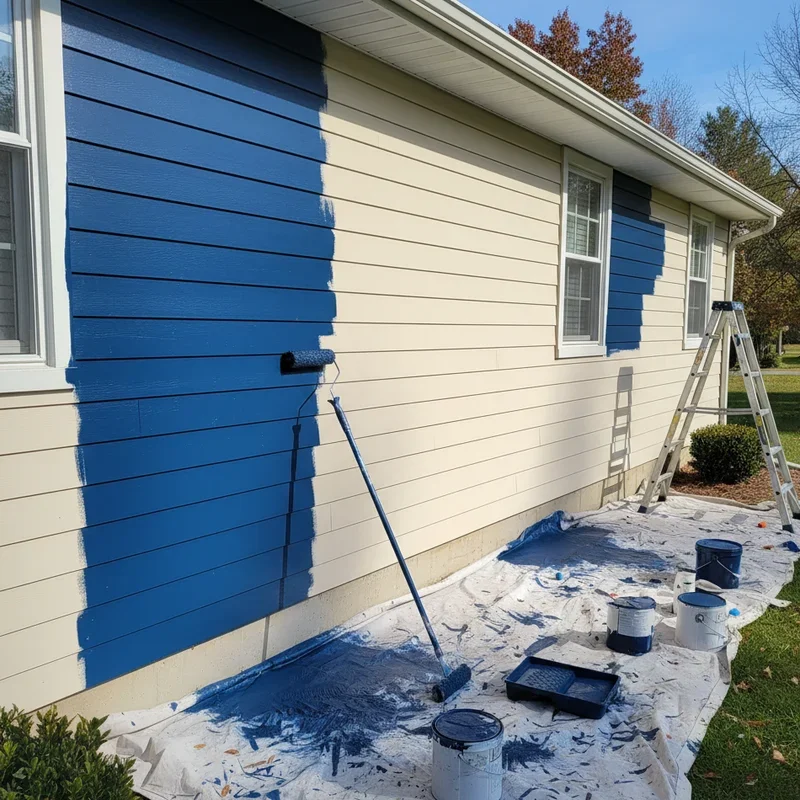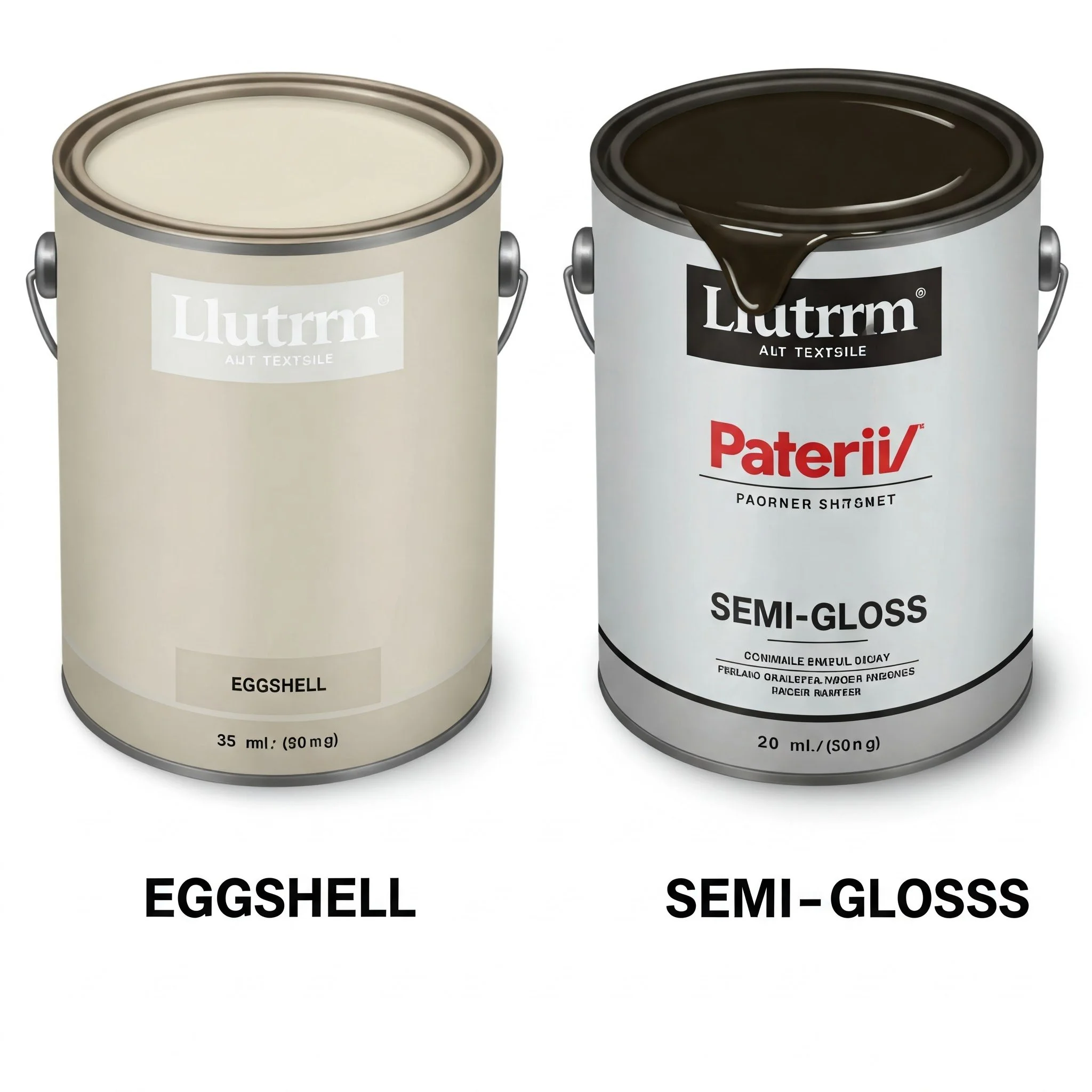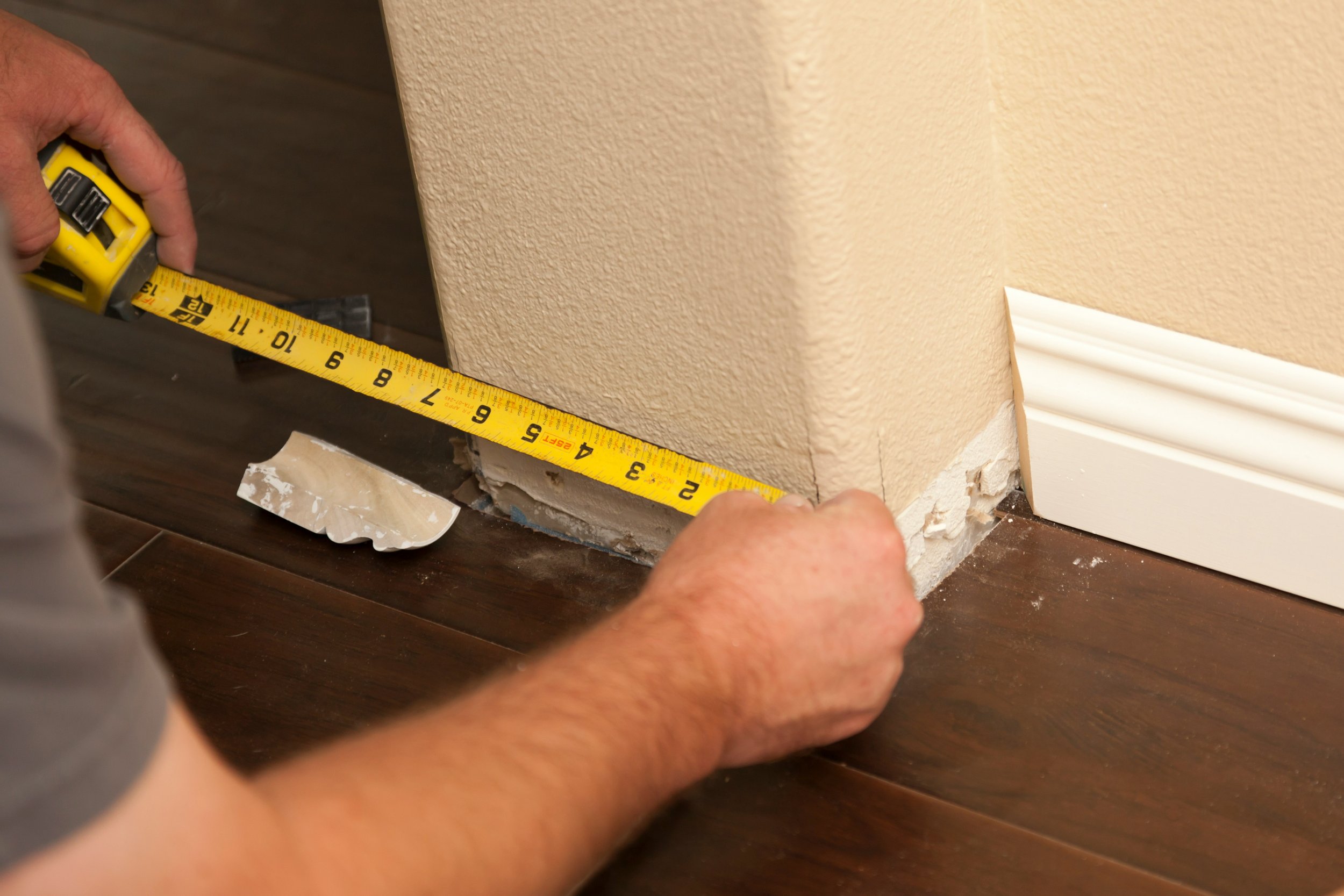Can You Paint Vinyl Siding? What to Know First
Thinking of painting vinyl siding? Discover essential tips, best practices, and expert advice before transforming your home's exterior today!
Let's be real here. You've been staring at your home's vinyl siding for years now, and that once-vibrant color has faded into something resembling a sad, washed-out version of its former self. Maybe you're itching for a change, or perhaps you're just tired of that builder-grade beige that came with the house. Whatever your reason, you've probably found yourself wondering: can you actually paint vinyl siding? Well, my friend, you've come to the right place! The short answer is yes, but hold your horses because there's a whole lot more to this story. Before you grab that paintbrush and start slapping color on your walls, you need to understand what you're getting into. This comprehensive guide will walk you through everything about can you paint vinyl siding? What to know first, including the good, the bad, and the potentially wallet-draining. Trust me, a little knowledge now will save you from major headaches down the road!
Why Consider Painting Your Vinyl Siding in the First Place
Okay, so let's talk about why anyone would want to paint vinyl siding when it's supposed to be this low-maintenance miracle material, right? Well, life happens! Over time, that factory finish starts looking pretty rough around the edges. UV rays beat down on it relentlessly, causing fading and discoloration. You might notice chalking, where a powdery residue forms on the surface. Or maybe the previous homeowner had questionable taste in colors, and you're stuck with electric blue or neon green that makes your house look like a highlighter.
Beyond aesthetics, painting can actually extend the life of your siding. If the material itself is still structurally sound but looking worse for wear, a fresh coat of paint costs way less than a complete siding replacement. We're talking thousands of dollars in savings here! Plus, updating your home's exterior color can boost curb appeal and property value. It's like giving your house a makeover without breaking the bank on a full renovation.
The Big Question: Is Painting Vinyl Siding Actually Possible
Here's where things get interesting. For the longest time, conventional wisdom said painting vinyl was a terrible idea. People would tell you it'd peel, bubble, warp, and generally turn into a disaster within months. But guess what? Times have changed! Modern paint technology has evolved tremendously, and manufacturers have developed products specifically designed for vinyl surfaces.
That said, not all vinyl siding is created equal. Older vinyl from the 1970s and 1980s might not be the best candidate for painting. If your siding is cracked, warped, or severely damaged, painting won't fix those underlying issues. It's like putting lipstick on a pig, as they say. The paint might look nice initially, but those problems will resurface faster than you can say "buyer's remorse."
The key thing to understand about can you paint vinyl siding? What to know first is that success depends on multiple factors including the condition of your siding, the quality of products you use, and most importantly, proper preparation and application techniques.
Understanding Why Vinyl Siding Presents Unique Challenges
So what makes vinyl different from wood or fiber cement? Well, for starters, vinyl expands and contracts like crazy with temperature changes. On a hot summer day, it can expand up to half an inch across a twelve-foot section! That movement means any paint you apply needs to be flexible enough to move with the material without cracking or peeling.
Another issue? Vinyl is slick and nonporous. Paint needs something to grip onto, and smooth vinyl doesn't exactly roll out the welcome mat. Plus, darker colors absorb more heat, which can cause the siding to warp if you're not careful about color selection. You can't just slap any old paint on there and call it a day.
Then there's the matter of the original finish. Most vinyl siding has a factory-applied coating that's super durable but also really smooth. That coating might be degrading, which is actually good news for paint adhesion. But if it's still in great shape, you'll need to do extra prep work to ensure your paint sticks around for the long haul.
Assessing Your Vinyl Siding's Condition Before Painting
Before you even think about buying paint, you need to give your siding a thorough once-over. Walk around your entire house and look for red flags. Are there cracks, holes, or loose pieces? Is the siding warped or buckled? Do you see mold, mildew, or algae growth? These problems need addressing before any paint touches that surface.
Check the caulking around windows, doors, and corners. If it's cracked or missing, water could be getting behind your siding, which is a whole different can of worms. Also, look for signs of moisture damage or rot on any wood trim. Painting over existing problems is like sweeping dirt under the rug. It might look better temporarily, but you're just postponing the inevitable.
Here's a simple test: run your hand across the siding. Does it leave behind chalky residue on your palm? That's oxidation, and while it sounds bad, it's actually not a dealbreaker. In fact, moderate chalking can help paint adhere better. However, excessive chalking means the surface is really deteriorated and might need more intensive cleaning.
Choosing the Right Paint for Vinyl Siding
Alright, let's talk paint selection because this is where many folks go wrong right out of the gate. You cannot, I repeat, cannot use just any exterior paint for this job. You need acrylic latex paint specifically formulated for vinyl surfaces. These paints contain special binders and additives that allow them to flex with the material.
Some top-quality brands have vinyl-safe paint lines that are worth every penny. They're designed to withstand UV exposure, temperature fluctuations, and moisture without failing. Yes, they cost more than regular exterior paint, but cutting corners here is false economy. Cheap paint will fail faster, and you'll end up repainting sooner, spending more money in the long run.
Now, about color selection. This is crucial, so pay attention! You must choose colors lighter than or similar to your existing siding color. Going darker can cause heat absorption issues that'll warp your vinyl faster than you can say "expensive mistake." Most manufacturers provide a Light Reflective Value (LRV) rating for their colors. For vinyl, stick with colors that have an LRV of 55 or higher. The higher the number, the more light the color reflects, and the less heat it absorbs.
Essential Preparation Steps You Cannot Skip
Listen up, because this is where most DIY projects succeed or fail: preparation. If there's one thing you take away from learning about can you paint vinyl siding? What to know first, it's that prep work matters more than anything else. Seriously, you could have the world's best paint, but if your surface isn't properly prepared, that paint will be peeling off before the season changes.
Step 1: Clean Like Your Life Depends On It
Your siding has accumulated years of dirt, grime, mold, mildew, and pollution. All that junk needs to go. Power washing is your best friend here, but use caution. Too much pressure can damage the siding or force water behind it. Use a wide-angle tip and keep the pressure under 1,500 PSI.
Mix up a cleaning solution of water, trisodium phosphate (TSP), and a bit of household bleach to kill mold and mildew. Work from bottom to top when applying cleaner and top to bottom when rinsing. Let everything dry completely, and I mean bone dry, before moving forward. We're talking at least 48 hours of good weather here.
Step 2: Make Necessary Repairs
Replace any damaged sections of siding. Tighten loose pieces. Re-caulk gaps and seams with a high-quality, paintable caulk. Fix that wood trim that's been bugging you. Remember, paint won't hide structural problems, it'll just highlight them.
Step 3: Prime If Needed
Whether you need primer depends on your siding's condition and the paint you're using. Some vinyl paints have primer built in. However, if your siding is really faded, stained, or if you're making a dramatic color change, a coat of vinyl-safe primer will give you better results. It provides a uniform base for your topcoat and improves adhesion.
The Best Tools and Equipment for the Job
Having the right tools makes this project infinitely easier. Here's what you'll need to gather:
High-quality paint sprayer or airless sprayer (rental works fine)
Extension ladders and proper safety equipment
Paint brushes for detail work and cutting in
Rollers with medium-nap covers for touchups
Drop cloths and plastic sheeting
Painter's tape for protecting areas you don't want painted
Paint trays and liners
Safety glasses and respirator mask
A paint sprayer is really the way to go for siding. It provides even coverage, gets into all those nooks and crannies, and saves a ton of time. Brushing or rolling thousands of square feet of siding would take forever and probably drive you bonkers. If you've never used a sprayer before, watch some tutorial videos and practice on scrap material first.
Step-by-Step Application Process
Now we're getting to the fun part! After all that prep work, you finally get to see your vision come to life. But don't rush through this stage. Patience and technique matter just as much as everything that came before.
Pick the Right Weather Window
You need ideal conditions for painting vinyl siding. Temperature should be between 50 and 85 degrees Fahrenheit. Avoid painting in direct sunlight because the surface will be too hot. Early morning or late afternoon works best. Don't paint if rain is forecast within 24 hours. Humidity should be below 80% for optimal drying.
Apply Thin, Even Coats
Whether you're spraying, brushing, or rolling, the golden rule is thin coats. Multiple thin layers beat one thick coat every single time. Thick paint is more likely to crack as the vinyl expands and contracts. With a sprayer, maintain consistent distance from the surface and use smooth, overlapping passes.
Work in Sections
Break your house into manageable sections and complete each one before moving to the next. This helps maintain a wet edge and prevents lap marks. Start from the top and work your way down so any drips or runs can be caught and smoothed out.
Don't Forget the Details
Take your time around windows, doors, and trim. Use a brush for precision in these areas. Mask off anything you don't want painted, including light fixtures, outlet covers, and decorative elements.
Second Coat Considerations
Most vinyl siding jobs need two coats for optimal coverage and durability. Wait for the first coat to fully cure before applying the second. Check the paint manufacturer's recommendations for recoat times. Usually, you're looking at 4 to 8 hours minimum, but longer is often better.
Maintenance Tips to Keep Your Painted Siding Looking Fresh
Congratulations, you've successfully painted your vinyl siding! But the work doesn't stop there. Proper maintenance will keep your paint job looking stellar for years to come.
Wash your siding annually with a gentle cleaner and soft brush or low-pressure washer. Address any mildew growth immediately with a bleach solution. Inspect caulking and trim regularly, touching up as needed. Keep bushes and trees trimmed back from the siding to allow proper air circulation and prevent moisture buildup.
Watch for early signs of paint failure like peeling, cracking, or fading. Catching problems early means you can spot-treat areas rather than repainting the entire house. Most quality paint jobs on vinyl should last 7 to 10 years with proper care, though some can push 15 years under ideal conditions.
Cost Breakdown: DIY vs Professional Installation
Let's talk money because that's probably on your mind. If you're going the DIY route, expect to spend roughly $1,500 to $3,500 for materials, equipment rental, and supplies for an average-sized home. That includes paint, primer, cleaning supplies, and tool rentals. Your actual costs depend on your home's size and complexity.
Hiring professionals will run you anywhere from $3,500 to $10,000 or more. Yes, that's a significant investment, but you're paying for expertise, insurance, and guaranteed results. Pros have the right equipment, know how to handle tricky situations, and can complete the job much faster than a weekend warrior.
Consider your skill level, available time, and comfort working at heights. If you're not confident in your abilities or don't have the time to dedicate to this project, spending more for professional work might actually save you money in the long run by avoiding costly mistakes.
Common Mistakes That'll Make You Want to Pull Your Hair Out
Even armed with all this knowledge, it's easy to stumble into pitfalls. Here are mistakes to avoid at all costs:
Skipping the cleaning step or not cleaning thoroughly enough. Painting over dirt guarantees failure. Choosing colors that are too dark and causing warping. Using regular exterior paint instead of vinyl-specific formulas. Painting in less-than-ideal weather conditions. Applying paint too thick. Not allowing adequate drying time between coats. Forgetting to protect landscaping and hardscapes from overspray.
Another biggie? Not testing your color first. Paint a small, inconspicuous area and live with it for a few days before committing to the entire house. Colors look different in various lighting conditions, and what seemed perfect in the store might not work on your actual home.
Alternative Options If Painting Isn't Right for You
Look, painting vinyl siding isn't for everyone. If you've read this far and you're thinking "nope, this sounds like too much work," that's totally valid! You've got other options worth considering.
Complete siding replacement gives you a fresh start with new material in any color you want. It's expensive but comes with long-term warranties. Vinyl wrap or siding overlays involve installing new siding right over your existing material. It's less invasive than full replacement but still pricey.
Professional cleaning and restoration services can sometimes bring faded siding back to life without painting. They use specialized products and techniques that go beyond simple power washing. Or, you could just embrace your home's current look and focus your improvement budget elsewhere. There's no rule saying you have to paint!
Real Talk: Setting Realistic Expectations
Let's have an honest conversation about what painting vinyl siding can and cannot do. It will refresh your home's appearance, give you custom color options, and potentially extend your siding's lifespan. It won't fix structural damage, eliminate existing warping, or last as long as factory-finished vinyl.
Painted vinyl requires more maintenance than unpainted vinyl. You'll need to repaint every 7 to 15 years depending on climate, sun exposure, and paint quality. The process is labor-intensive and weather-dependent. Results vary based on your existing siding condition and application technique.
Go into this project with eyes wide open. It's an excellent option for the right situation but not a magic bullet for every vinyl siding problem. Evaluate your specific circumstances before committing time and money to the endeavor.
Conclusion
So there you have it, everything you need to know about can you paint vinyl siding? What to know first! Yes, you absolutely can transform your home's exterior with paint, but success requires proper planning, quality materials, and meticulous execution. Whether you tackle this as a DIY project or hire professionals, understanding these fundamentals ensures you'll make informed decisions and achieve beautiful, long-lasting results that'll make your neighbors green with envy!
Read next: How to Remove Paint from Concrete Step by Step
Frequently Asked Questions
1. How long does paint typically last on vinyl siding before needing repainting?
With quality materials and proper application, expect seven to fifteen years of durability.
2. Can I paint vinyl siding any color I want without issues?
No, stick to colors lighter than original siding with high LRV ratings for safety.
3. Do I absolutely need to use special vinyl-specific paint for this project?
Yes, regular exterior paint lacks flexibility needed for vinyl's expansion and contraction properties.
4. What season is best for painting vinyl siding on my house?
Late spring and early fall offer ideal temperature ranges and lower humidity for painting.
5. Will painting my vinyl siding void any existing manufacturer warranties on it?
Most likely yes, check your specific warranty documents before proceeding with any painting.


















